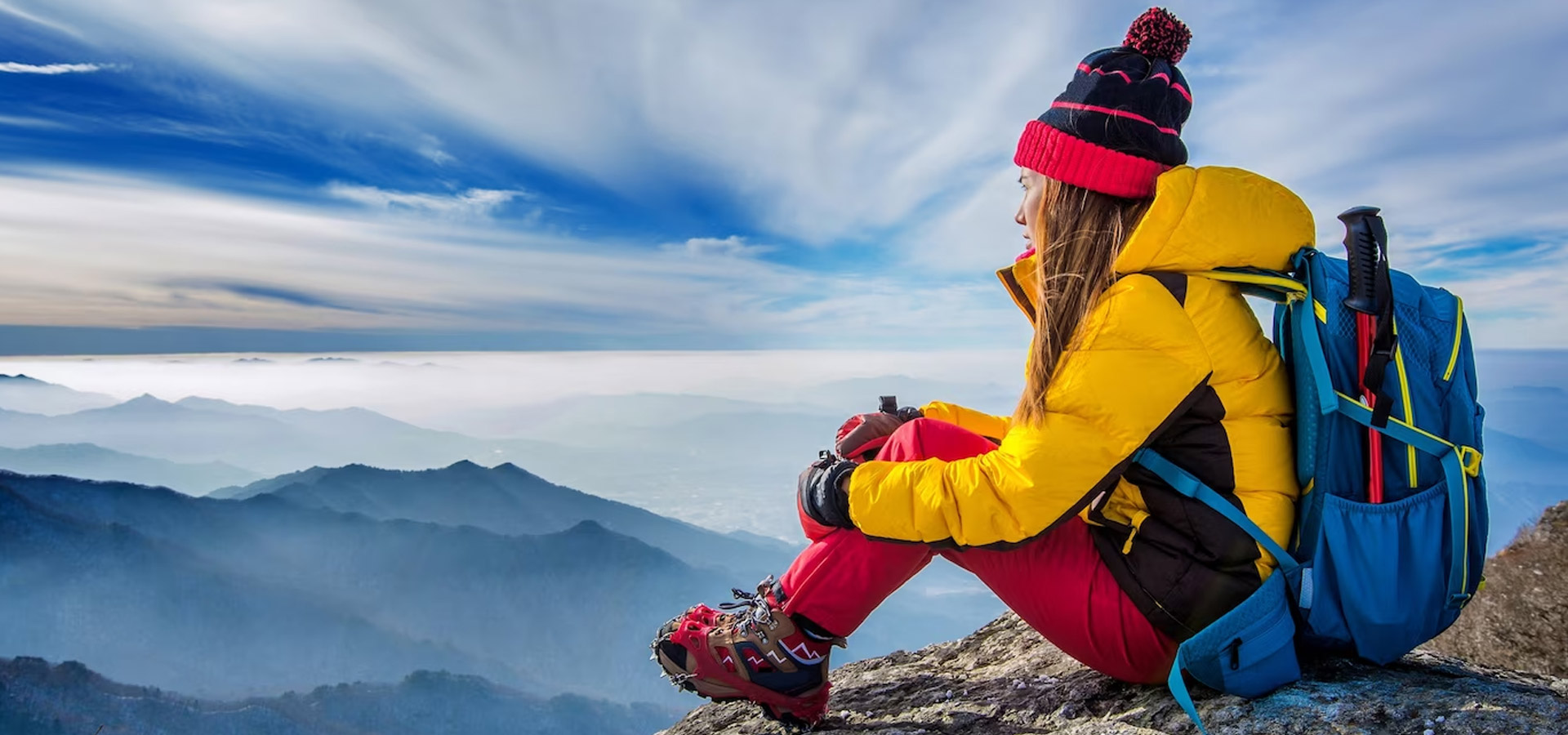
5min read
Prioritize the Layering System
Choosing the right clothing for hiking or mountaineering is essential for comfort, safety, and performance. Whether you’re tackling a challenging peak or enjoying a casual trail, the right outfit can protect you from harsh weather, regulate body temperature, and enhance your overall experience. Here’s a comprehensive guide to help you make the best choices.
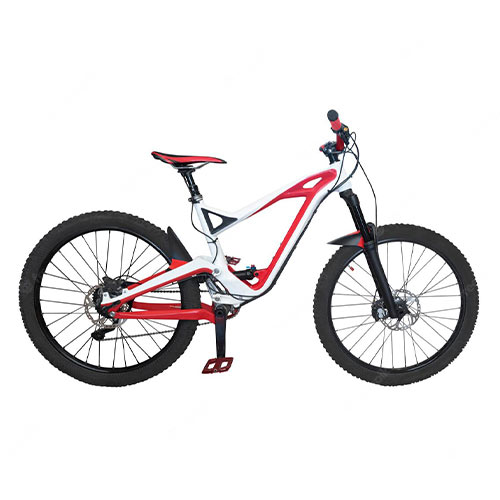
Urna ultrices ac a rhoncus duis dignissim suspendisse nisi vulputate fermentum pharetra ornare
1. Prioritize the Layering System
The layering system is key for adapting to changing conditions during your hike:
Base Layer:
- Purpose: Wick moisture away from your skin to keep you dry.
- Materials: Opt for synthetic fabrics like polyester or natural options like merino wool. Avoid cotton, as it retains moisture and dries slowly.
Mid Layer:
- Purpose: Provide insulation by trapping body heat.
- Materials: Fleece, down, or synthetic insulated jackets are excellent choices. Down offers superior warmth but performs poorly when wet, so synthetic alternatives might be better for damp conditions.
Outer Layer (Shell):
- Purpose: Protect against wind, rain, and snow.
- Materials: Look for waterproof and breathable fabrics such as Gore-Tex or eVent. A good shell should also be lightweight and packable.
2. Choose the Right Fabrics
The material of your clothing affects performance, comfort, and durability:
- Synthetic Fabrics: Lightweight, quick-drying, and durable. Ideal for base layers and hiking pants.
- Merino Wool: Naturally odor-resistant and excellent for temperature regulation. Best for base layers or socks.
- Softshells: Flexible and breathable, great for mild weather.
- Hard Shells: Fully waterproof and windproof, essential for harsh conditions.

3. Focus on Specific Garments
Hiking Pants:
- Look for lightweight, durable, and water-resistant pants. Convertible pants that zip off into shorts offer versatility.
Shirts:
- Choose moisture-wicking shirts with UPF protection for sun exposure. Long sleeves provide extra protection against insects and brush.
Jackets:
- A good rain jacket is a must. Consider insulated jackets for colder climates.
Footwear:
- While technically not clothing, boots or trail shoes are critical. Opt for waterproof, durable options with good grip and ankle support.
Socks:
- Wool or synthetic socks provide cushioning and reduce the risk of blisters. Avoid cotton.
Gloves and Hats:
- Gloves protect against cold and wind, while hats shield you from sun and help retain heat in cold conditions.
4. Consider Fit and Comfort
Ill-fitting clothes can cause discomfort or hinder your movement on the trail:
- Test clothing for flexibility, especially in pants and jackets.
- Avoid overly tight garments that restrict blood flow or movement.
- Ensure jackets and pants allow room for layering underneath.
5. Weather-Specific Tips
Warm Weather Hiking:
- Focus on lightweight, breathable clothing with ventilation options.
- Wear a wide-brimmed hat and sunglasses for sun protection.
Cold Weather Hiking:
- Layer strategically, with a focus on insulation and wind protection.
- Don’t forget insulated gloves and a warm hat.
Wet Conditions:
- A waterproof jacket and pants are essential. Look for taped seams for extra protection.
- Consider gaiters to keep water and mud out of your boots.
6. Safety and Convenience Features
- Reflective Elements: Ensure visibility in low-light conditions.
- Zippered Pockets: Secure small items like maps or snacks.
- Ventilation Zippers: Useful for regulating body temperature during strenuous climbs.
7. Budget vs. Quality
While high-quality outdoor clothing can be pricey, it’s a worthwhile investment for durability and performance. Look for sales or consider brands known for balancing quality and affordability.
8. Test Before the Trail
Before heading out, test your clothing:
- Walk or jog in your gear to ensure it fits well and doesn’t chafe.
- Practice layering to see how easily you can adjust to temperature changes.
Conclusion
Choosing the right clothing for outdoor hiking and mountaineering involves careful consideration of layers, materials, and fit. By investing in high-quality, functional apparel, you can enhance your safety and comfort on the trail, allowing you to focus on the adventure ahead.
Prepare wisely, dress appropriately, and enjoy every step of your journey into the great outdoors!
New Arrivals
-
Product on sale
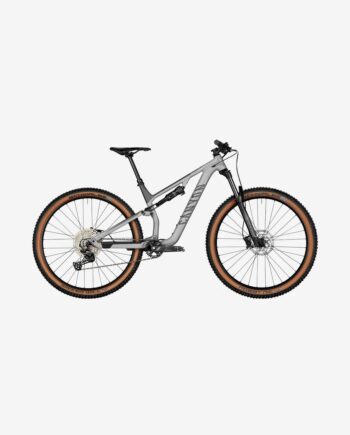 Mountain Bike neutraOriginal price was: ¥2,599.00.¥2,450.00Current price is: ¥2,450.00.
Mountain Bike neutraOriginal price was: ¥2,599.00.¥2,450.00Current price is: ¥2,450.00. -
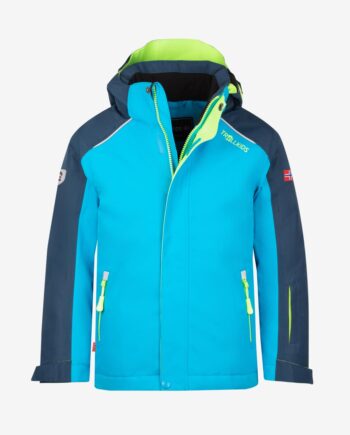 Ski Single Origin¥300.00
Ski Single Origin¥300.00 -
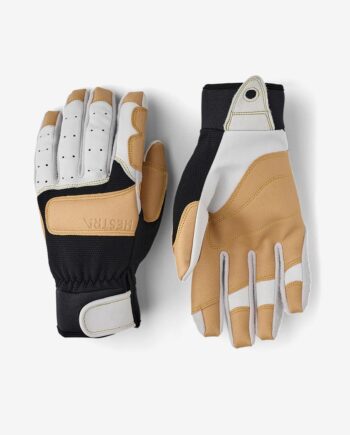 Flexitarian Activated Gloves¥95.00
Flexitarian Activated Gloves¥95.00 -
Product on sale
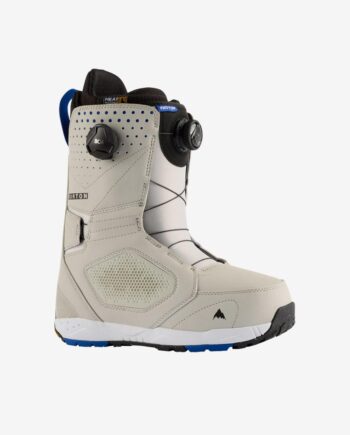 Wolf Big BootsOriginal price was: ¥365.00.¥325.00Current price is: ¥325.00.
Wolf Big BootsOriginal price was: ¥365.00.¥325.00Current price is: ¥325.00.
Diana Stephani
THE FOUNDER
Hiking is a rewarding activity that connects you with nature, but the outdoors can present challenges for your eyes, from harsh sunlight to dust and wind. Choosing the right pair of glasses is essential to ensure comfort, safety, and enhanced performance during your hike. Here’s a guide to help you make the best choice.
Choosing the right clothing for outdoor hiking and mountaineering involves careful consideration of layers, materials, and fit. By investing in high-quality, functional apparel, you can enhance your safety and comfort on the trail, allowing you to focus on the adventure ahead.
Prepare wisely, dress appropriately, and enjoy every step of your journey into the great outdoors!

